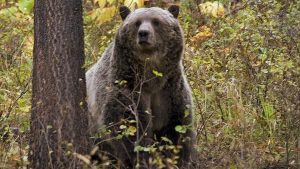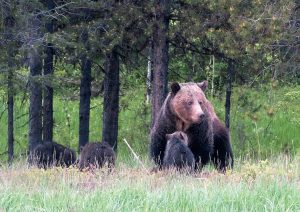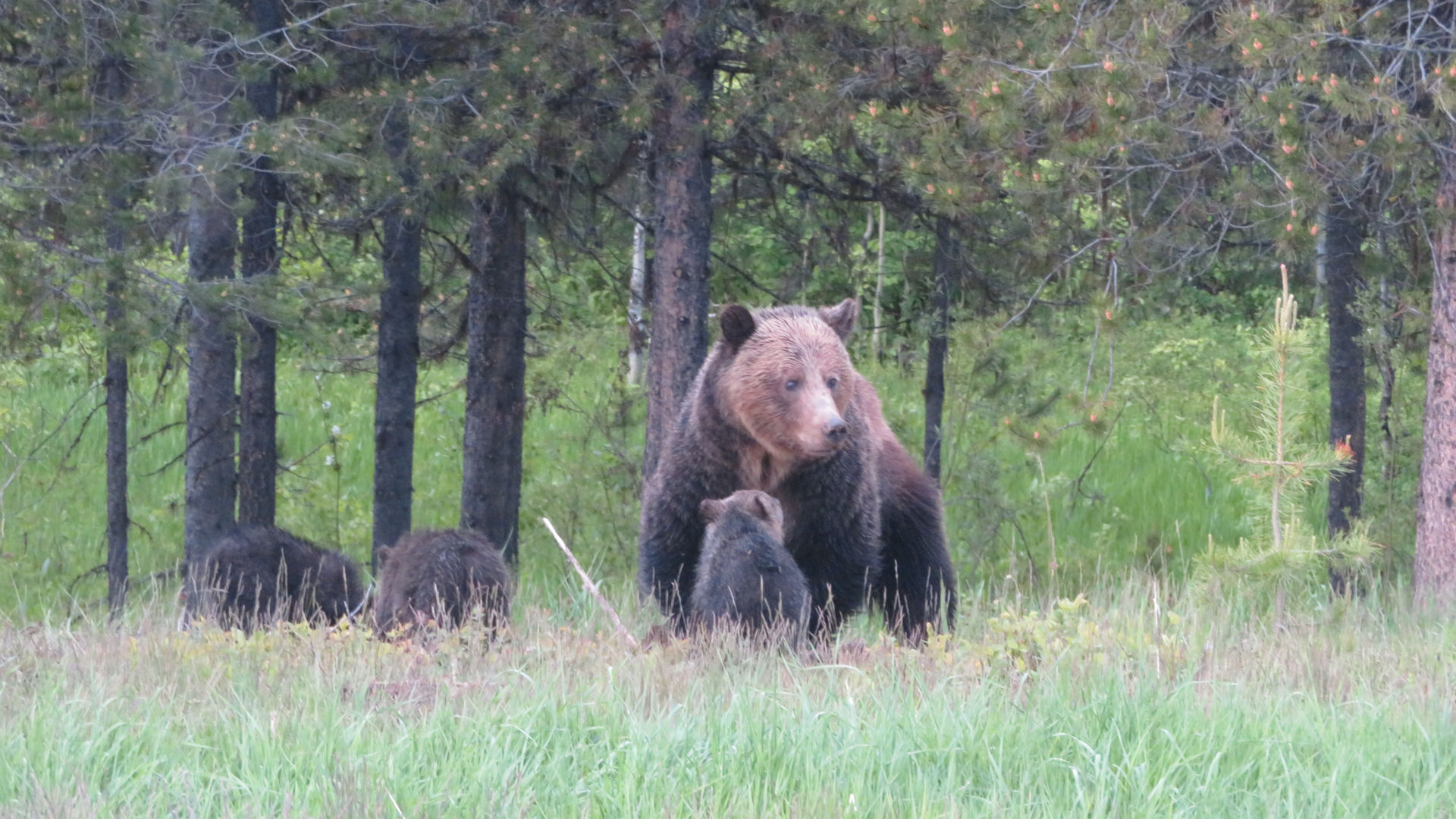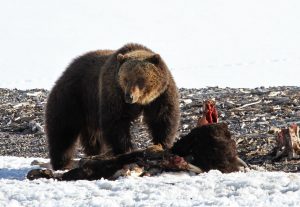
The North Fork Preservation Association hosts Montana Conversation “An Inconvenient Grizzly” with Greg Smith on July 4th at 3:00pm. The program is being presented at Home Ranch Bottoms 8950 North Fork Road. The presentation is free and open to the public. Funding for Montana Conversations is provided by Humanities Montana through grants from the National Endowment for the Humanities, Montana’s Cultural Trust, and private donations.
Humans have been on the North American scene for an estimated 30,000 to 15,000years. Our arrival was preceded by the grizzly bear by perhaps 20,000 years – who would cross the same tenuous landscape bridge, arriving in North America some50,000 to 60,000 years ago. It is estimated that by the time of the Lewis & Clark Expedition, upwards of 5,000 to 10,000 grizzly bears roamed the American West. The settlement period of the West would see a dramatic decline in grizzly bear numbers and a corresponding decrease in available habitat. Now, as New West meets Old West,grizzly bear numbers are a focal point of concern and contention. Join Smith in biological, cultural, and philosophical look at the grizzly bear in contemporary Montana.
Greg Smith lives in Bozeman and was a Ranger Naturalist and Back-country Ranger in Glacier National Park for nearly 20 years. A longtime believer in the power of education,Smith now works with kids and adults as a storyteller, naturalist and historian. In his spare time, Greg enjoys trail running, backpacking, Nordic skiing and traveling the world on his bike.
For more information, please contact Flannery Freund at (406) 888-5572.


